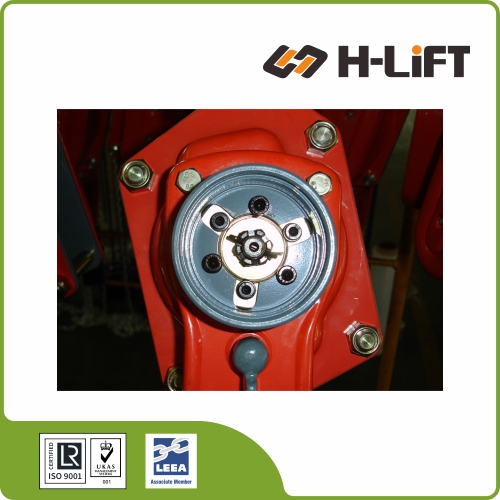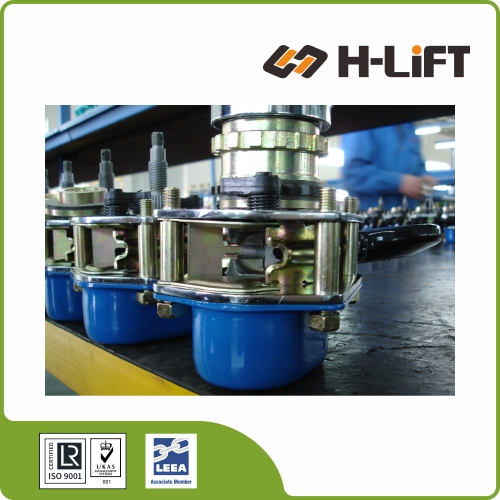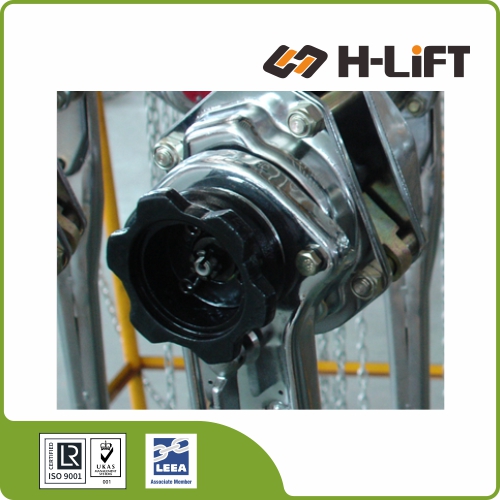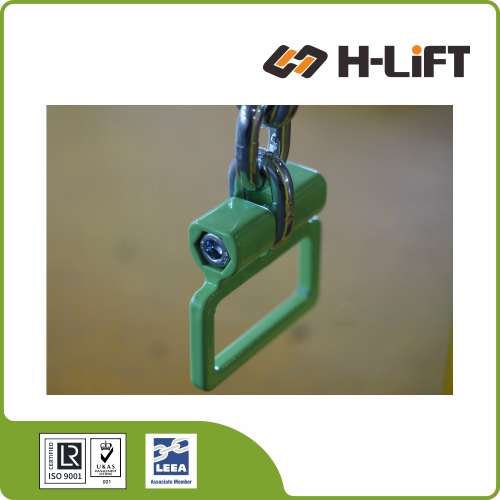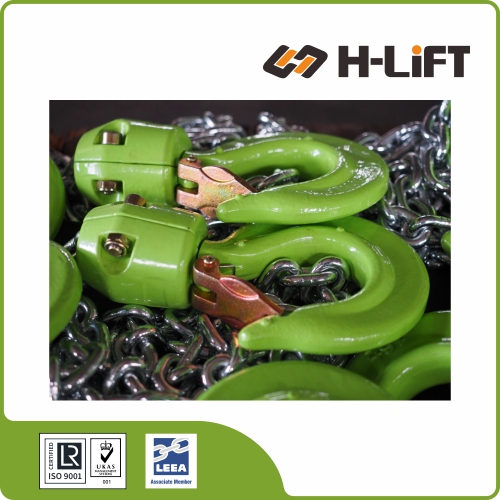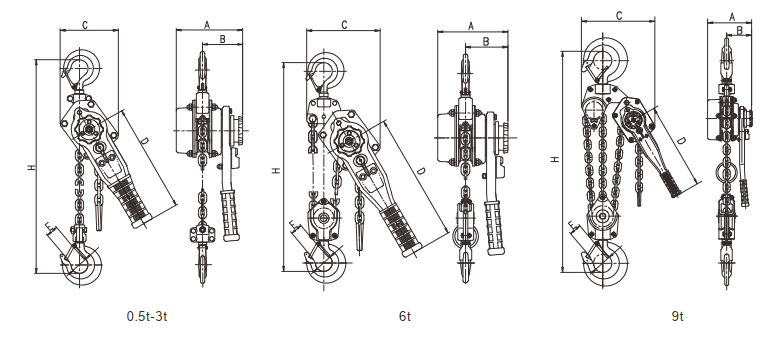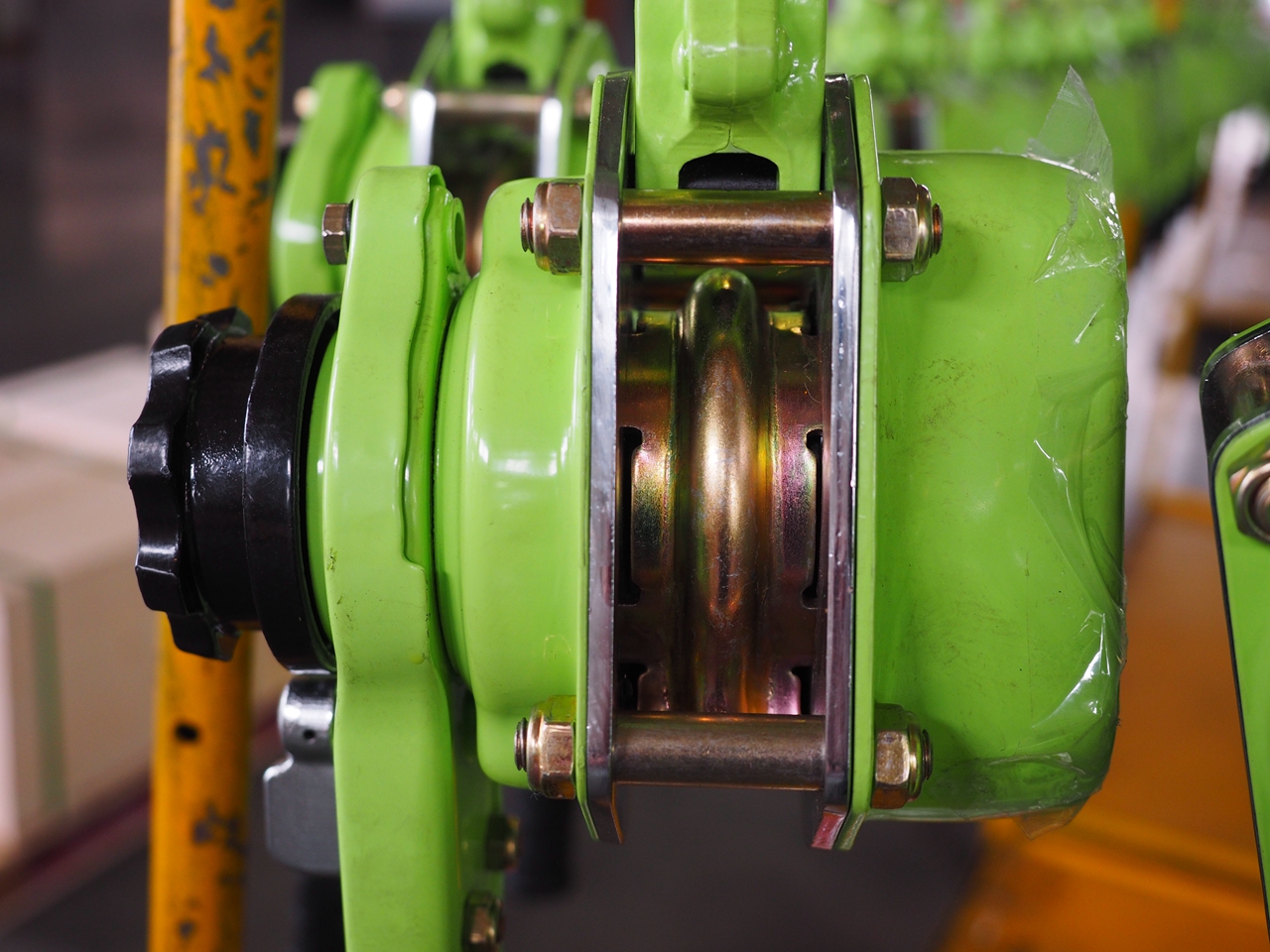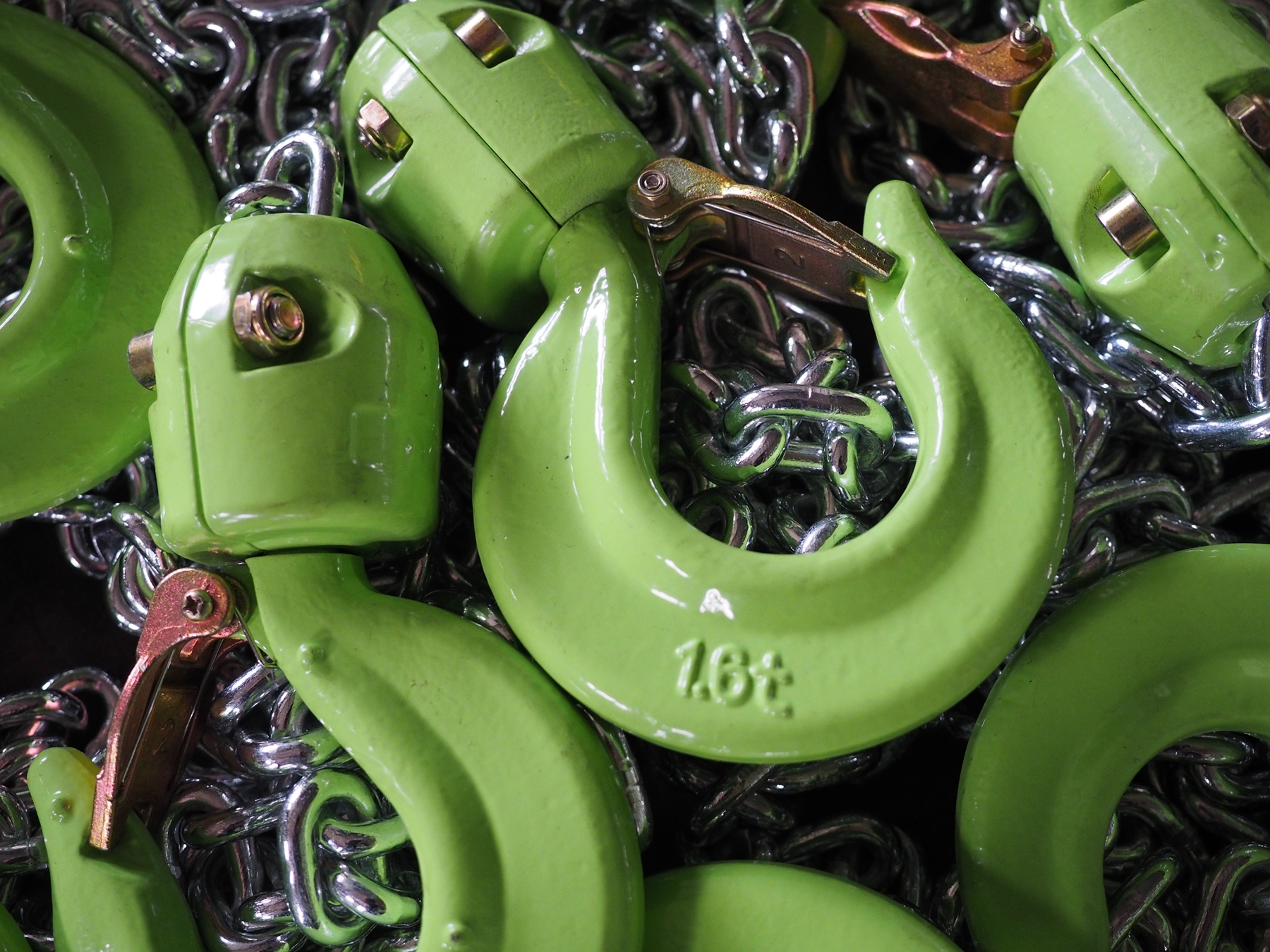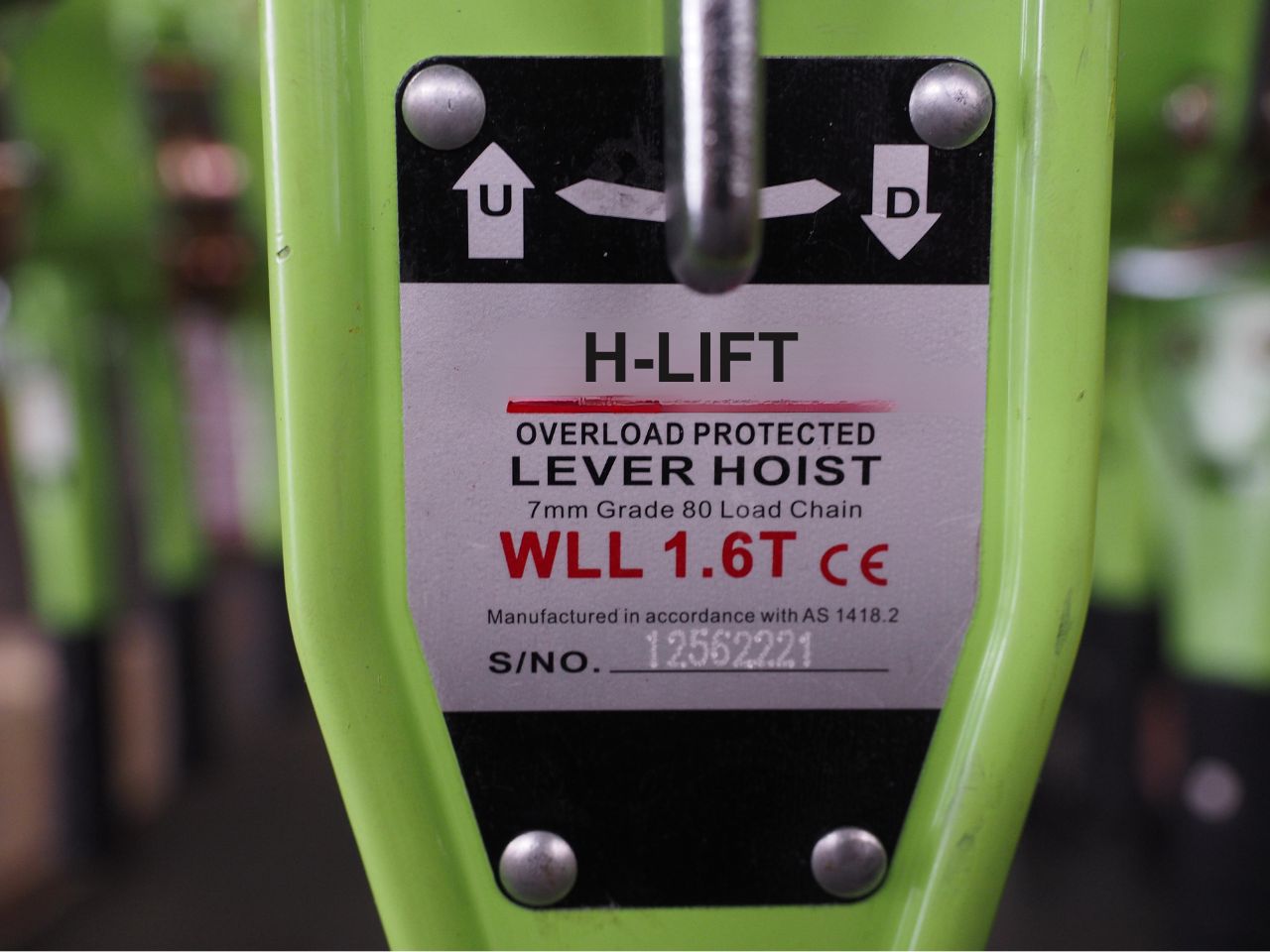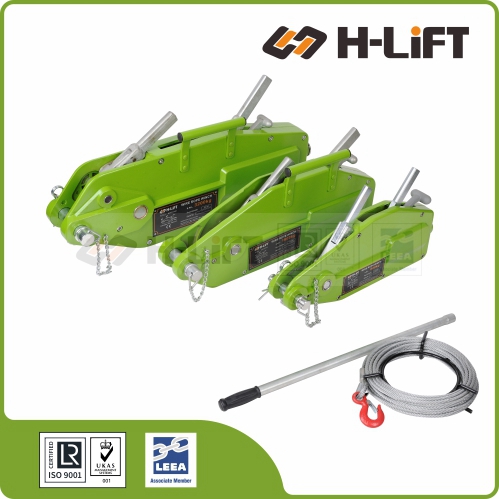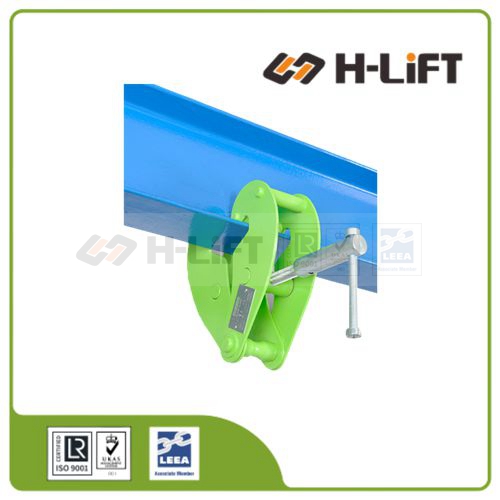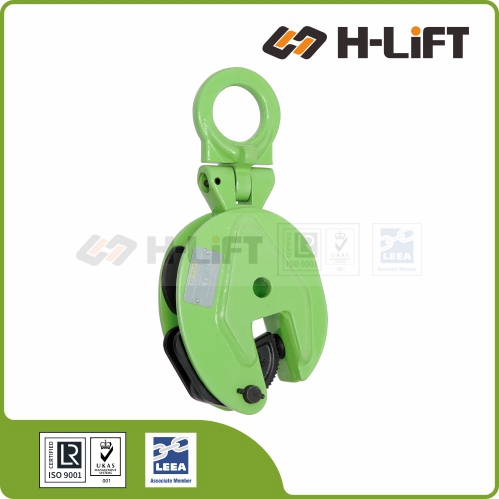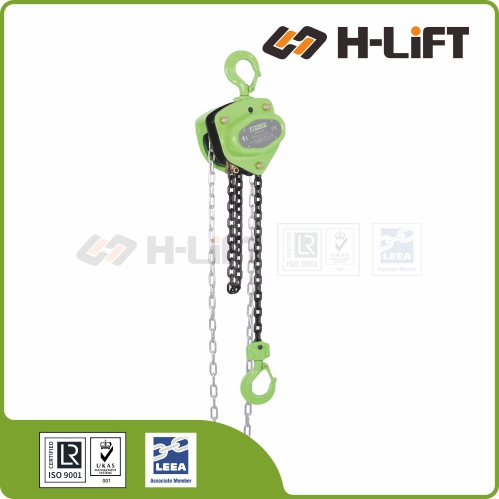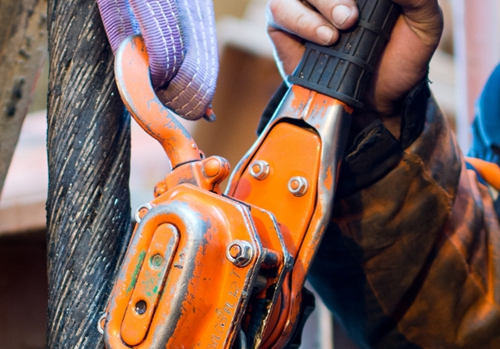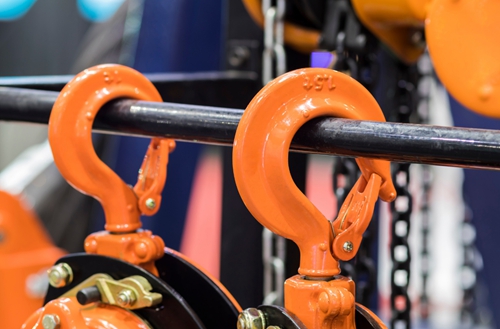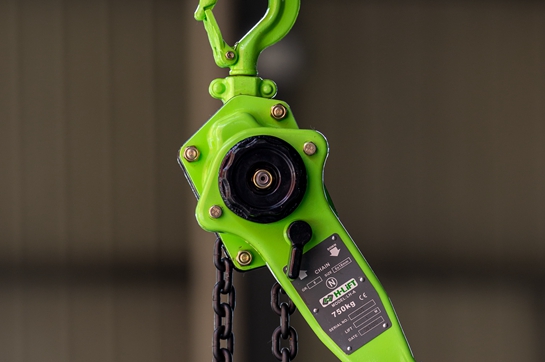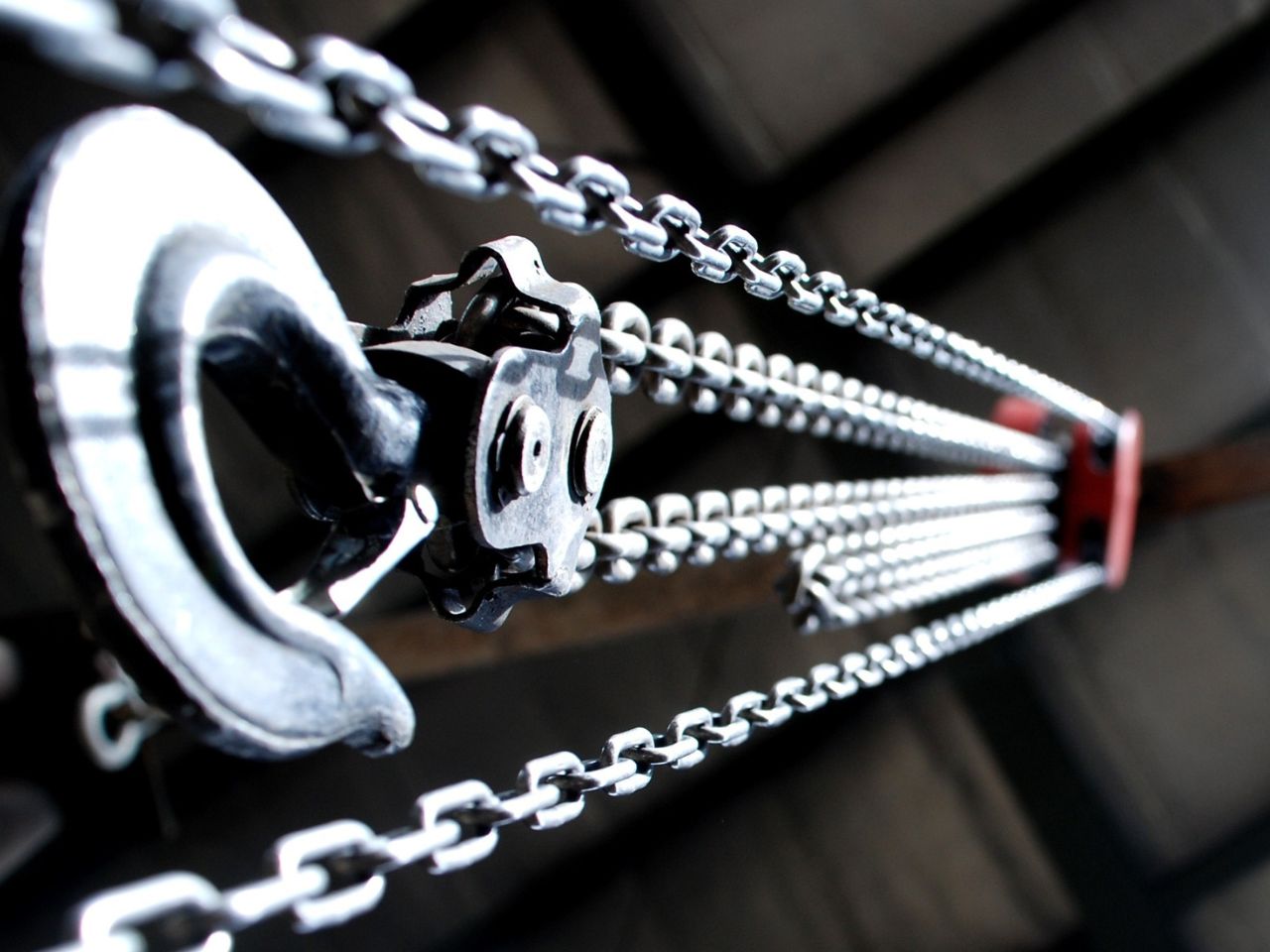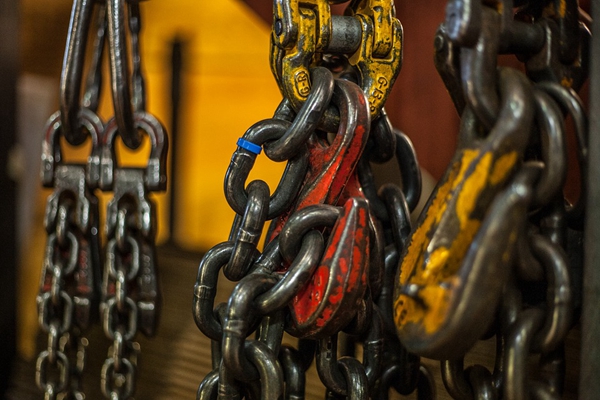H-Lift Lever Hoist/Lever Block
A lever hoist, also known as a lever block or a ratchet lever hoist, is a type of mechanical lifting device that is used to lift and move heavy loads. It is typically used in situations where a manual lifting device is needed and where electric or hydraulic options are not available or practical.
A lever hoist consists of a lever handle that is used to operate a ratchet and pawl mechanism, which allows the hoist to lift and lower loads with precision and control. The lever handle is attached to a chain or wire rope that is wound around a drum inside the hoist body. When the lever is pulled, the ratchet and pawl mechanism engages, allowing the drum to rotate and the chain or wire rope to be lifted or lowered.
Lever hoists are commonly used in construction, manufacturing, mining, and other industries where heavy loads need to be lifted and moved. They are designed to be compact, durable, and easy to use, and can be operated by one person. They come in a range of sizes and lifting capacities, so it's important to choose the right hoist for the job based on the weight of the load that needs to be lifted.
How Do You Use A Lever Hoist?
After securing the top hook and the load, you can: 1/Raise the load: by turning pawl rod lever to the lifting position (⬆) and then operating the lever with a pumping action. 2/Lower the load: by turning pawl rod lever to the lowering position (⬇) and then operating the lever with a pumping action. 3/Adjust the chain length: by turning pawl rod lever to the neutral position (central). The chain can now be pulled in both directions and the bottom hook will be quickly brought to the required position.
To suspend a lever chain hoist, the top hook of the hoist can be attached to a shackle, beam clamp, push trolley or other secure supports. To secure a load, the bottom hook can be attached to an object directly if the load has an appropriate fitting or via lifting slings with a shackle. If it is for pulling or tensioning, the top and bottom hooks are usually secured to the objects via lifting slings.
ALWAYS:
• Store and handle lever hoists correctly.
• Inspect lever hoists and accessories before use and before placing into storage.
• Ensure any support fits freely into the seat of the hook and does not exert a side thrust on the point.
• Check the operation of the brake.
• Check that the bottom hook will reach its lowest point without running the chain against the stop.
• Adopt safe slinging practices and follow the instructions for the safe use of the equipment used.
NEVER:
• Expose lever hoists to chemicals, particularly acids, without consulting the supplier.
• Replace the load chain with a longer one without consulting the supplier.
• Extend the lever or use undue effort to force the lever hoist to operate.
• Throw, drop or drag a lever hoist.
• Allow oil or grease to come into contact with the brake.
• Expose a lever hoist directly to the elements, water spray, steam etc without consulting the supplier.
Selecting the Correct Lever Hoist
Lever hoists are available in a range of capacities with either link chain or roller chain. Select the lever hoist to be used and plan the lift taking the following into account:
Type of chain - link or roller.
Capacity and range of lift.
Lever hoists are designed for use at any attitude and may be used both for lifting and pulling applications.
Consult the supplier if the lever hoist is to be used in areas of high risk, exposed to the elements, water, steam etc, with hazardous substances, eg acids or chemicals, or subjected to extremes of temperature.
Storing and Handling Lever Hoists
Never return damaged lever hoists to storage. They should be dry, clean and protected from corrosion.
Store lever hoists hung from the suspension hook with the chains raised clear of the ground.
Lever hoists should not be dropped, thrown or dragged across the floor.
Never galvanise or subject the chain, or other load bearing parts, to any other plating process without the express approval of the supplier.
Installing and Commissioning
Follow any specific installation instructions issued by the supplier and the general requirements given overleaf. Try the lever hoist to ensure that it operates correctly and that the brake is effective. Ensure the chain is not twisted, it must move freely. The bottom hook must reach the lowest required position without the chain running out to the end stop.
Using Lever Hoists Safely
Do not attempt lifting operations unless you understand the use of the equipment and the slinging procedures.
Do not use defective lever hoists or accessories.
Check the slinging arrangement ensuring that the lever hoist is safely rigged and that chains are not twisted. Do not use the load chain as a sling.
Check the load is free to move before commencing and that the landing area has been prepared.
Raise the load just clear, then halt the lift to check the integrity of the lever hoist, slinging method etc.
Do not extend the operating lever, eg with a tube, to force the hoist to operate.
Do not allow loads to swing out of control.
Keep fingers, toes etc clear when lowering loads.
In-service Inspection and Maintenance
Follow any specific maintenance instructions issued by the supplier but in particular keep load chains lubricated and free of debris. Check the operation of the brake. Brakes must be kept free of oil, grease etc. Never replace the load chain with a longer one without consulting the supplier.
Regularly inspect the lever hoist and, in the event of the following defects, refer the hoist to a Competent Person for thorough examination: wear; damage to hooks and fittings; damage or distortion to slack end stop; chains worn, bent, notched, stretched, cracked, corroded, do not hang freely, twisted or jump; load slips or will not lift; damaged hoist casing; bent or cracked operating lever; illegible markings.







